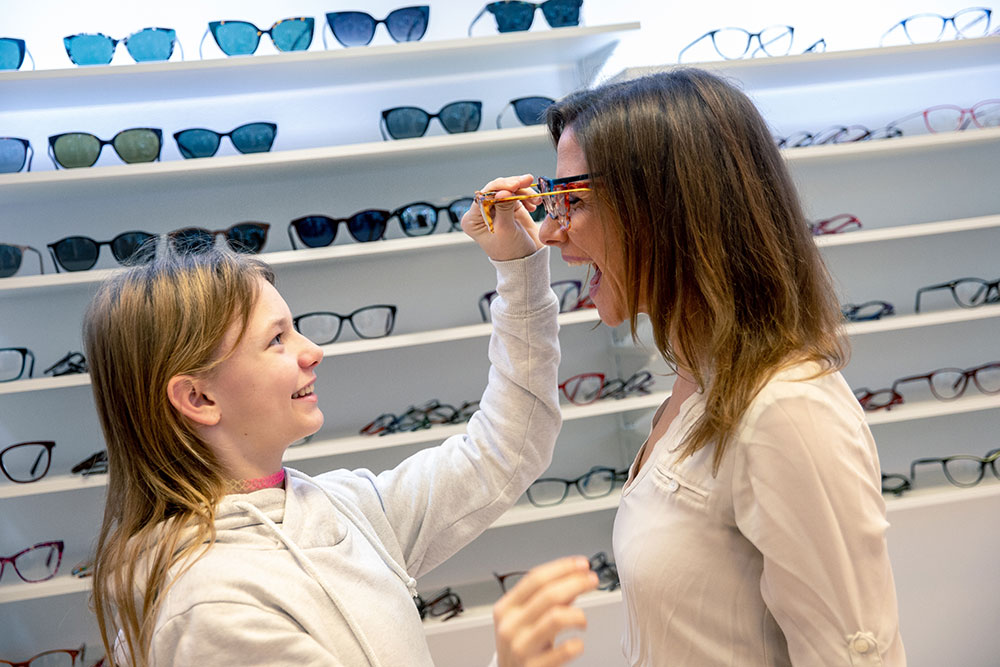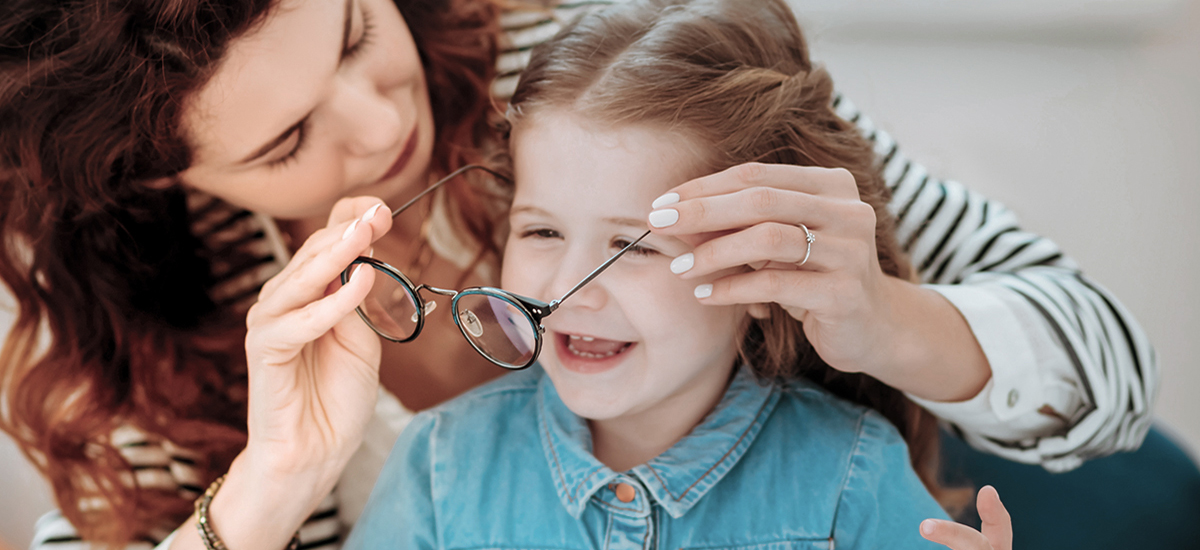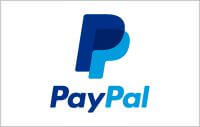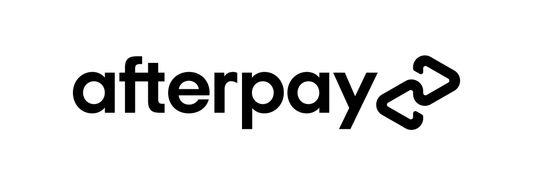Is There Such a Thing as No-Line Bifocals?
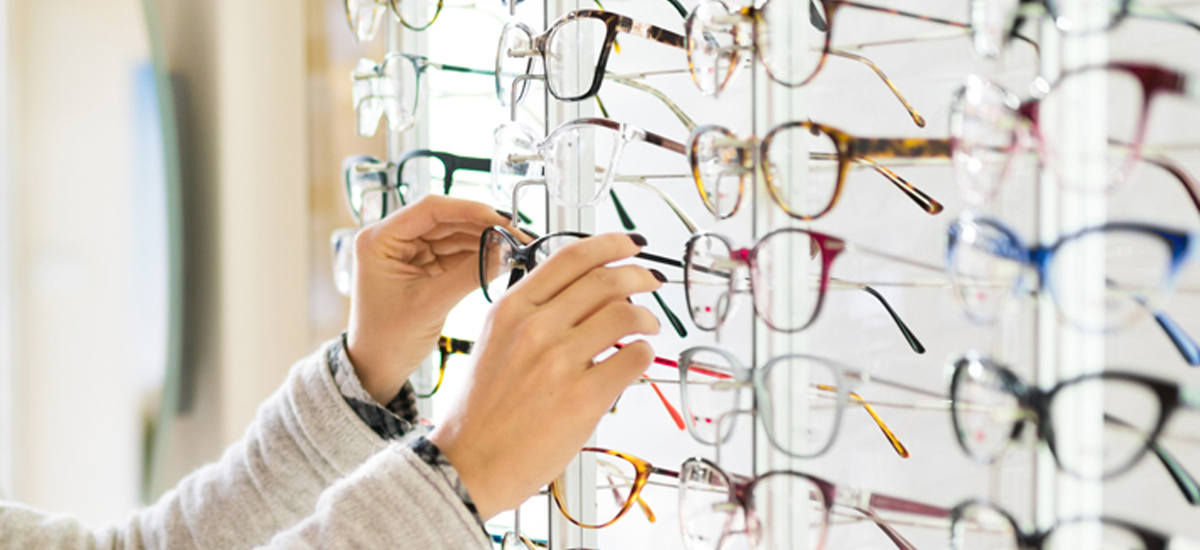
Do you ever find yourself keeping a distance between your favorite book and your face? Perhaps, your eyes feel tired after working on a close-up project for long periods. If this sounds like you, you might have presbyopia, a refractive error that’s common in adults over age 40.
A comprehensive eye exam is vital to diagnose presbyopia, and your eye doctor will often recommend special contacts, multifocal eyewear, or reading glasses to magnify your vision.
Bifocal glasses are one of the top types of eyewear for this eye condition, but we understand your hesitation if you’ve never worn lined lenses before. Are you curious if no-line bifocals are an option? Let’s take a look.
Do no-line bifocals exist?
Yes, no-line bifocals are real. We call them progressive lenses, and they’re excellent for correcting presbyopia symptoms. However, as bifocals cover two prescriptions, it makes more sense to call progressive lenses no-line multifocals instead of bifocals since they can handle three prescriptions.
How do progressive lenses work? They have three primary visual areas:
- Top of the Lens: If you’re driving, you’ll want to peer through the upper portion of the lens. It can help clear up your vision when you look at things far off. If you’re nearsighted, in addition to presbyopic, this part of the lens may benefit you the most.
- Middle of the Lens: When things aren’t right next to your face, but they’re not far away either, you’ll look at them straight on through the center of the progressive lenses. Working on the computer is one of the times you might use this portion of the lens. It can help alleviate eye discomfort caused by overusing your intermediate eyesight.
- Bottom of the Lens: Everyone needs clear near vision, which you can get from peering through the bottom part of the progressive lenses. Farsighted people may struggle with near vision the most, so we encourage you to look down when reading to access the right portion of the lens and to get the best clarity.
Progressive lenses are good for your eyes. Choose them if you need multiple prescriptions, and your eyes will benefit. Just remember that presbyopia and other refractive errors may develop throughout your life, so you might need to get new lenses on occasion.
Adjusting to no-line bifocals can also take a few days to several weeks, so give yourself a chance to adapt before you rule them out as an option. You’ll be pleased when you realize how natural progressive lenses can make your vision become, even while accessing different fields of view.
How much does this type of eyewear cost?
The price for no-line bifocals, or progressive lenses, may vary depending on the brand of frames you select. Special coatings also play a role. At For Eyes, our progressive lenses start at as low as $130.
We offer a large number of frames for progressive lenses, giving you an abundance of style choices. Our eye care team will also fit your face for progressive lenses to ensure they’re comfortable for you.
If you ever feel any pinching in your glasses, we might need to adjust them. Remember that For Eyes provides free adjustments, cleanings, and screw replacements as some of our lifelong guarantees, so there’s no need to pay extra for these services.
Summary: Are line-free bifocals real?
Bifocal glasses are for presbyopia, as are no-line bifocals (also called progressive lenses). Progressive lenses can take care of three prescriptions, giving you trifocal power without lines on your glasses.
The first time you wear progressive lenses, your eyes may feel uncomfortable. However, considering how smooth your vision may become as you learn to use the different parts of the lenses, you’ll be happy you stuck them out.
Shop at For Eyes for your next pair of glasses
Show off your unique style and browse our wide variety of frames from your favorite brands for men, women and kids. Stop by your local For Eyes or order online at your convenience.

